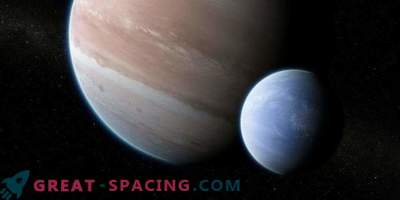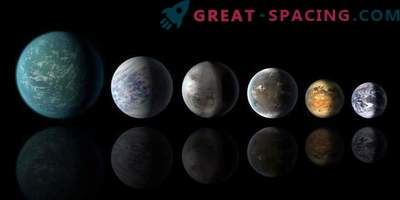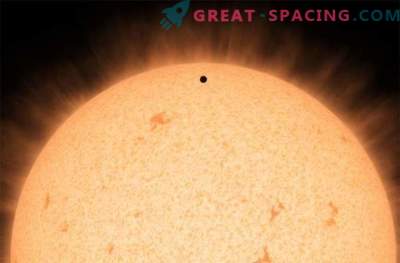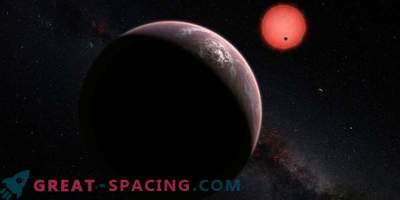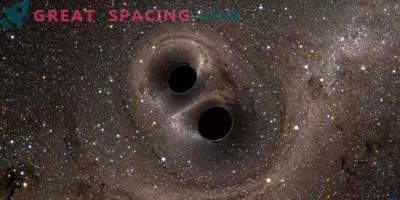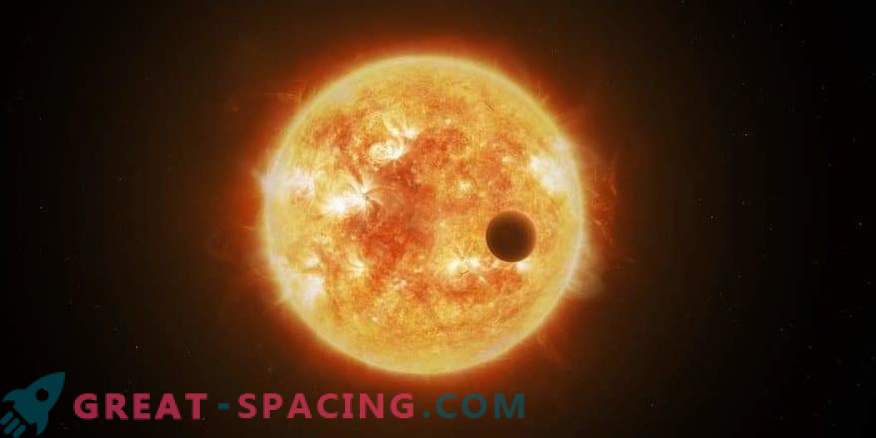
Artistic vision of a planet passing in front of a star
Astronomers from 11 countries were able to determine the exact mass of two small worlds around the variable star HD 106315. Previously, NASA’s Kepler satellite found these two planets using the transit method, which made it possible to immediately deal with diameters. The HD 106315b period reaches 9.5 days, and the diameter is 2.44 times the earth one. HD 106315s spends 21 days on an orbital overflight, and is 4.35 times as large as Earth's in diameter.
But in order to determine the composition (gaseous or rocky), as well as to identify the presence of the atmosphere, you need to have data on the mass, which will lead to density. The variability of the star is a source of great noise for observing radial velocities, so it was impossible to immediately determine the massiveness.
Using information from the HARPS spectrograph, scientists estimated the mass of the smaller planet HD 106315b. It turned out that it is 12.6 terrestrial, and the density index is 4.7 g / cm 3. In HD 106315s, the mass reaches 15.2 terrestrial, and the density - 1.01 g / cm 3. This means that the second planet has a dense hydrogen-helium envelope, and the first (“b”) is 50% made of stony material and 9% -50% of water, which is why it belongs to water worlds. Scientists note that this planetary system demonstrates diversity in composition. Thanks to their movement around a bright star, it will be possible to explore the atmosphere. Modern tools allow you to do this for the planet s, but for b you will have to wait for the launch of the James Webb telescope.
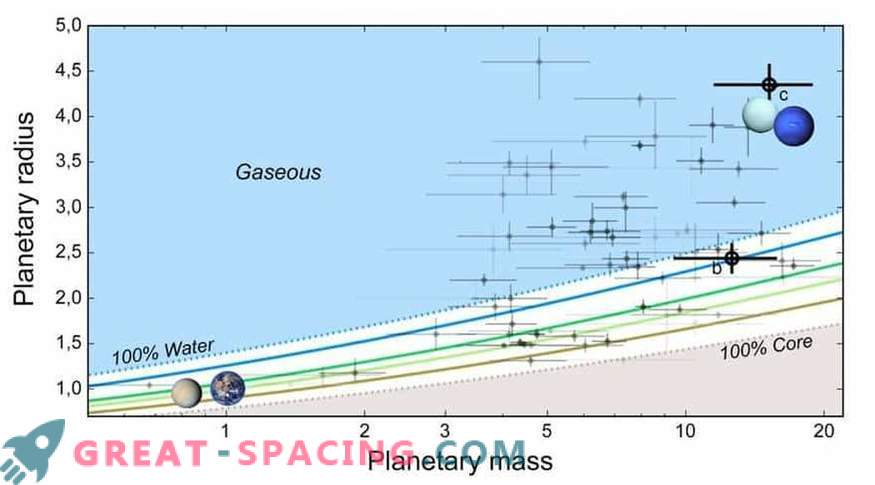
Mass-radius ratio for various compositions of minor planets: the blue line represents 50% of the mantle on 50% of water, dark green - 100% of the mantle, light green - 32.5% of the core /67.5% mantle (earth variant), brown - 68% core / 32% mantle (Mercury). Planets HD 106315 b and c are located in the extreme right corner of the graph, and “b” in the blue line. The planets of the solar system are listed as reference data.
Instruments like JWST NASA and the Extremely Large Telescope will help to better understand the composition of HD 106315 b, since this planet is in transition between rocky and gaseous composition.

